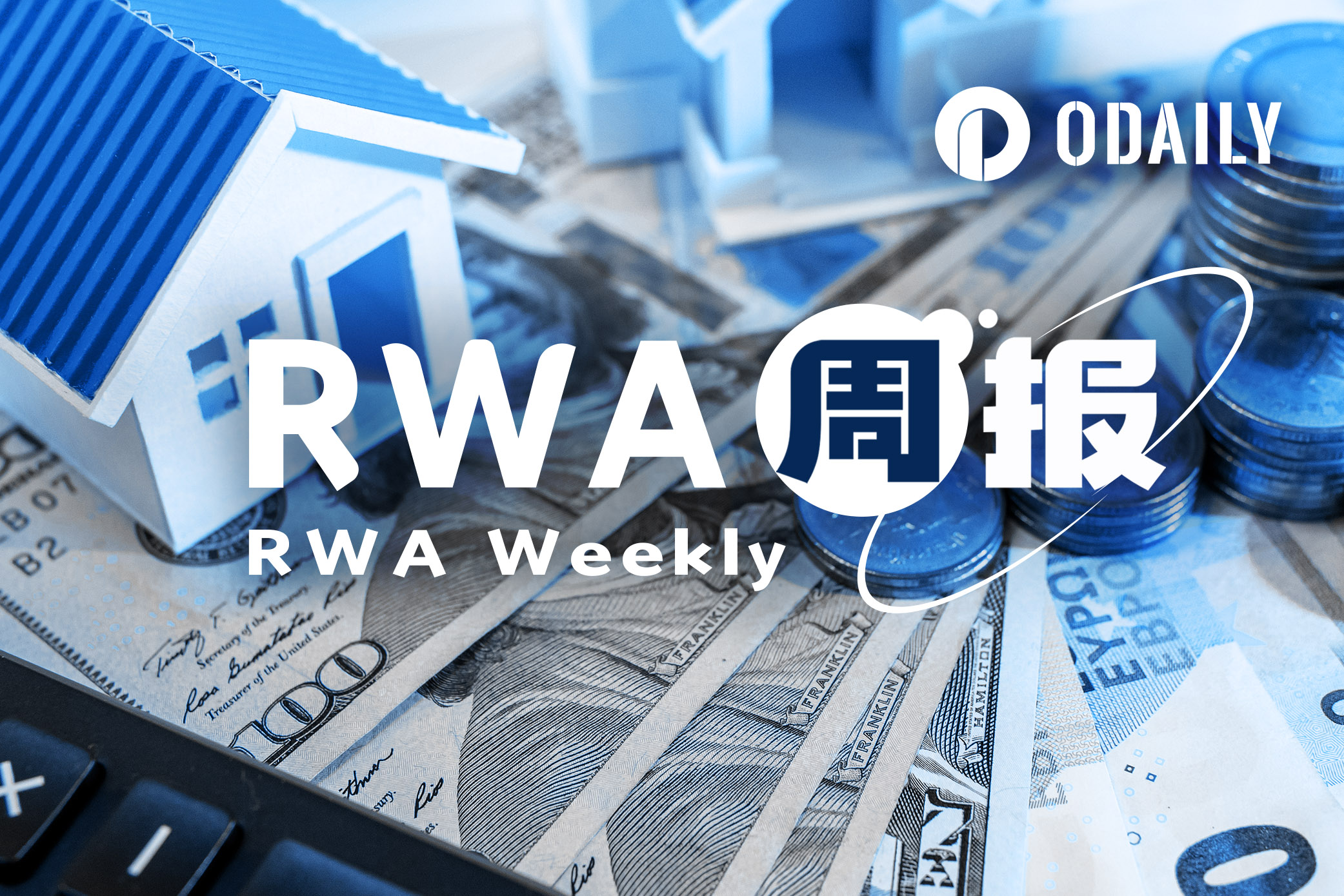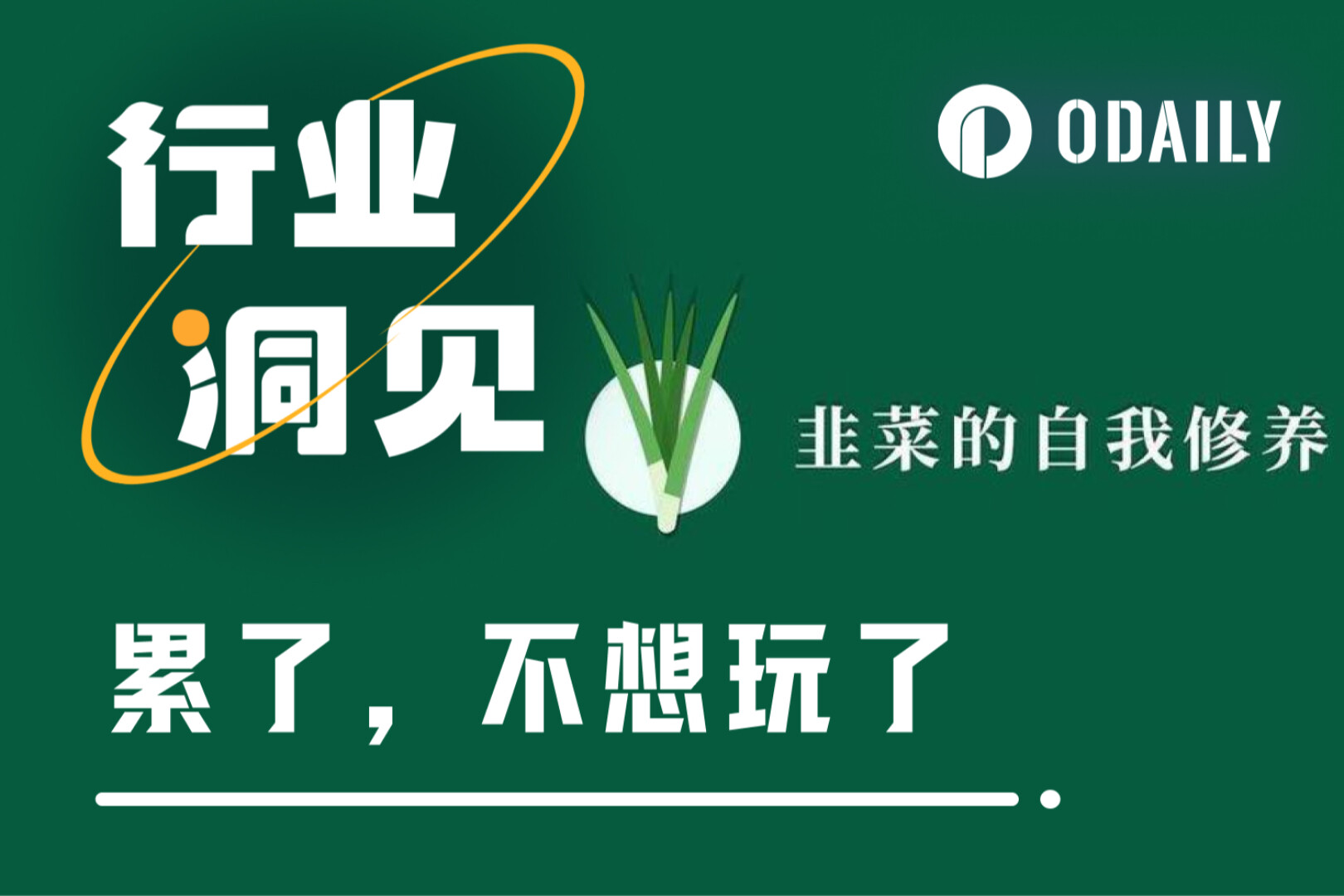Original | Odaily Planet Daily ( @OdailyChina )
Author | Ethan ( @ethanzhang_web3 )

RWA Sector Market Performance
According to RWA.xyz data, as of May 20, 2025, the total value of RWA on the chain reached 22.6 billion US dollars, an increase of 5.85% from 30 days ago. The total number of on-chain asset holders is 101,854, an increase of 4.17% from 30 days ago, and the number of asset issuances is 191. The total value of stablecoins is 232.17 billion US dollars, an increase of 2.18% from 30 days ago, and the number of stablecoin holders is 163.02 million, an increase of 2.8% from 30 days ago.
From the historical trend, the total value of RWA chain has shown significant growth since 2019, especially after 2023, and reached a peak in early 2025, showing the rapid popularization of tokenized assets. In the distribution of asset categories, private credit dominates, with a value of US$13.1 billion, accounting for 57.96% of the total value; US Treasury Debt is worth US$7 billion, accounting for 30.97%; Commodities is US$1.4 billion, accounting for 6.19%; International Alternative Funds is US$511.8 million, accounting for 2.26%. Stocks, non-US Government Debt and Corporate Bonds account for a relatively small proportion.
Compared with last week's data , the changes in asset category distribution this week are still relatively small, but there are some trends worthy of attention.
The value of private credit increased slightly from $13 billion to $13.1 billion, but its share decreased slightly from 58.09% to 57.96%, indicating that despite the increase in total volume, its overall dominance in total assets has been slightly diluted. At the same time, the value of US Treasury Debt increased from $6.8 billion to $7 billion, and its share increased from 30.38% to 30.97%, reflecting that the market's demand for Treasury bonds is still rising.
The total value of commodities fell slightly, from $1.5 billion to $1.4 billion, and the proportion fell from 6.7% to 6.19%. Institutional Alternative Funds increased from $478.5 million to $511.8 million, and the proportion increased slightly to 2.26%. Small asset classes such as stocks, non-US government debt and corporate bonds have not shown significant expansion, and their proportion is still low, and the market attention is limited.
Summarize:
The allocation ratio of US Treasury bonds increased slightly this week, which may indicate that in the current market environment, some funds tend to return to stable assets; while private credit continues to grow, the growth rate has slowed down. Overall, the coexistence of high-yield assets and low-volatility assets is still the main theme of RWA allocation. It is recommended that investors continue to pay attention to private credit opportunities while moderately increasing the allocation of stable assets such as US Treasury bonds , optimizing the risk-return structure, and being cautious about stocks and corporate bond assets that are still under-allocated.

Review of key events
According to Eleanor Terrett, the U.S. Senate passed the procedural motion of the GENIUS Act that night with 66 votes in favor and 32 votes against, clearing the way for final legislation. The bill aims to establish a federal regulatory framework for stablecoins and issuers. The previous version was frustrated on May 8 due to disputes over consumer protection and national security clauses, and the text was revised, prompting several Democratic lawmakers to support it. Senator Bill Hagerty, who led the bill, called it a "historic opportunity" to promote the first digital asset legislation.
US SEC releases new guidance on cryptocurrency broker regulation
The U.S. Securities and Exchange Commission (SEC) recently released the latest Q&A guidance on the regulation of crypto asset brokers, clarifying that securities capital rules (such as 15 c 3-3 rules) do not apply when brokers hold non-securities crypto assets, and non-securities crypto assets are not protected by the Securities Investor Protection Act (SIPA). In addition, the SEC has for the first time provided regulatory guidance for transfer agents using distributed ledger technology, and stated that more detailed regulations will be introduced later.
Asset management giant VanEck launches U.S. Treasury tokenized fund VBILL
Asset management company VanEck announced the launch of its first tokenized fund, VBILL, in partnership with Securitize to provide on-chain short-term U.S. Treasury bond investment channels. The fund is now available on Avalanche, BNB Chain, Ethereum, and Solana networks. Except for the Ethereum network, which has a minimum investment of $1 million, the investment threshold for the remaining networks is $100,000. The fund's assets are managed by State Street Bank and are priced daily using the Redstone oracle.
Gnosis acquires HQ.xyz for $14.9 million to accelerate expansion into Asia
German blockchain infrastructure project Gnosis has acquired Singapore-based on-chain business account platform HQ.xyz for $14.9 million, marking its largest acquisition to date. HQ has been renamed Gnosis HQ and supports stablecoin payments, Visa card spending, traditional bank withdrawals, and financial management tools. The acquisition will push Gnosis from the infrastructure to the application layer and officially enter the Asian Web3 financial services market.
Galaxy Digital in talks with SEC about stock tokenization
According to Bloomberg, Galaxy Digital is in discussions with the U.S. Securities and Exchange Commission (SEC) regarding its stock tokenization plan, which aims to tokenize Galaxy Digital’s shares and other equity assets to achieve greater trading efficiency and liquidity.
The New York Fed Innovation Center and the Bank for International Settlements (BIS) Innovation Hub jointly developed "Project Pine" to build a central bank operation smart contract toolkit for tokenized financial systems. The tool supports functions such as interest payments, open market operations, and collateral management, improving the efficiency of central bank crisis response. The project is based on Ethereum-compatible Hyperledger Besu, emphasizes technology neutrality, and aims to lay out in advance for the future financial system that operates 24/7.
Crypto payment platform MoonPay announced a partnership with Mastercard to launch a Mastercard-branded virtual card that supports stablecoin payments. Users can use the card to spend stablecoins such as USDC and USDT, which are automatically converted into fiat currency during transactions and can be used at more than 1.5 million Mastercard-accepting merchants worldwide. This partnership is based on the API technology of Iron, a stablecoin payment infrastructure company acquired by MoonPay in March, and aims to simplify cross-border payment processes and enhance the payment application of stablecoins in the real world.
Hot Project Dynamics
Ondo Finance (ONDO)
Official website: https://ondo.finance/
Introduction: Ondo Finance is a decentralized financial protocol that focuses on the tokenization of structured financial products and real-world assets. Its goal is to provide users with fixed-income products such as tokenized U.S. Treasuries or other financial instruments through blockchain technology. Ondo Finance allows users to invest in low-risk, highly liquid assets while maintaining decentralized transparency and security. Its token ONDO is used for protocol governance and incentive mechanisms, and the platform also supports cross-chain operations to expand its application scope in the DeFi ecosystem.
Recent developments: On May 14, it was announced that it had partnered with JPMorgan’s Kinexys digital payment network and Chainlink to complete the first cross-chain, atomic delivery and payment (DvP) settlement transaction on the Ondo Chain testnet, using Ondo’s tokenized U.S. Treasury bond fund OUSG.
On May 17, Ondo announced that the total TVL of its RWA products (mainly USDY) on the Solana network exceeded US$250 million, accounting for more than 99% of the tokenized treasury holders on the Solana network.
Plume Network
Official website: https://plumenetwork.xyz/
Introduction: Plume Network is a modular Layer 1 blockchain platform focused on the tokenization of real-world assets (RWA). It aims to transform traditional assets (such as real estate, art, equity, etc.) into digital assets through blockchain technology, lowering the investment threshold and improving asset liquidity. Plume provides a customizable framework that supports developers to build RWA-related decentralized applications (dApps) and integrate DeFi and traditional finance through its ecosystem. Plume Network emphasizes compliance and security, and is committed to providing solutions that bridge traditional finance and the crypto economy for institutional and retail investors.
Latest developments: On May 16, Plume tweeted details of the three core assets of the upcoming Plume Genesis phase (a key milestone for the mainnet):
PLUME: Native token used to pay gas fees, governance, and staking.
pUSD: RWA-backed stablecoin for payments and yield generation.
pETH: Tokenized Ethereum assets to support composability within the ecosystem.
On May 18, Plume announced that the BTC interoperability feature will be launched soon, supporting the integration of Bitcoin assets with the Plume ecosystem. The specific details have not yet been disclosed, but it is expected to be achieved through cross-chain bridges or packaged assets.
Related articles
RWA Weekly Report Last Week: Sorting out the latest industry insights and market data.
As the global asset tokenization wave sweeps across the world, Hong Kong is becoming a key testing ground for on-chain asset layout. Recently, on-chain layout is also experiencing an accelerated evolution: on the one hand, the Hong Kong government has launched multiple measures to promote tokenization experiments, and on the other hand, many Internet and traditional financial companies such as JD Technology, Futu Securities, Ant Digits and Guotai Junan are actively promoting RWA layout.
According to PANews, many domestic companies holding physical assets have also heard the news and are seeking to put their assets on the chain for tokenized financing. The most common compliance solution is to confirm the ownership of domestic assets on the alliance chain, then set up a main body in Hong Kong to control domestic assets, and then issue tokens for financing. Such companies range from agriculture to new energy to real estate, and the essence of exploring RWA (tokenization of real assets) is still for financing, but Hong Kong's RWA industry is still crossing the river by feeling the stones.
" Web3 lawyers reveal: What kind of RWA do you understand? "
This article was written by the Web3 lawyer team "Crypto Salad". It takes a professional legal compliance perspective and systematically sorts out the definition, classification, regulatory framework and practical path of RWA (real-world asset tokenization) in response to the market's cognitive differences and compliance disputes on the concept.
Ondo: RWA leader's product line, competitors and token valuation analysis
Alex Xu, research partner of Mint Venture, takes the perspective of an in-depth industry researcher and combines observations from the intersection of traditional finance and cryptocurrency (Web3) to focus on Ondo Finance, a representative project in the RWA (real-world asset tokenization) track, and analyzes it from the dimensions of business logic, product layout, competitive landscape and market valuation.



